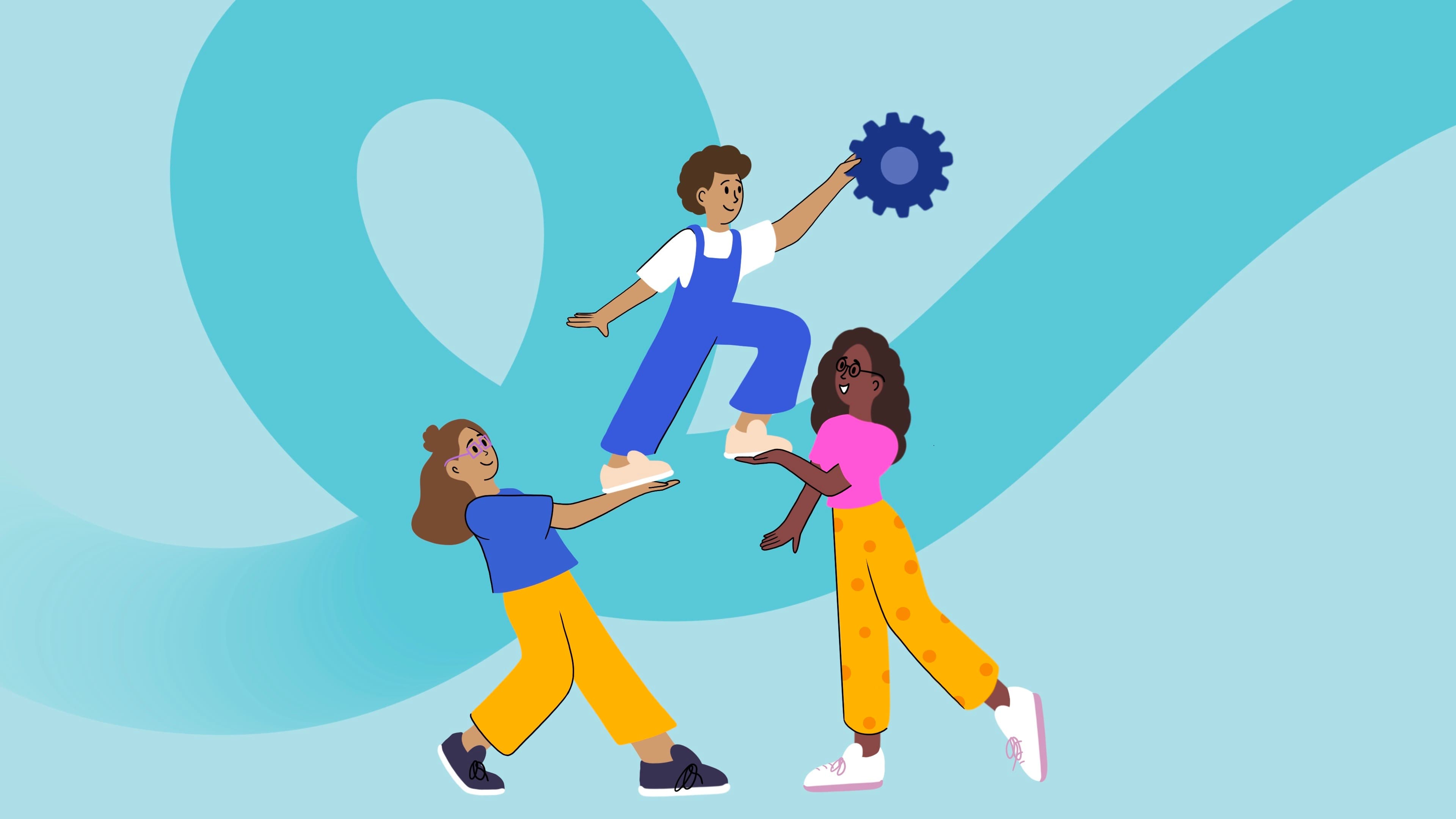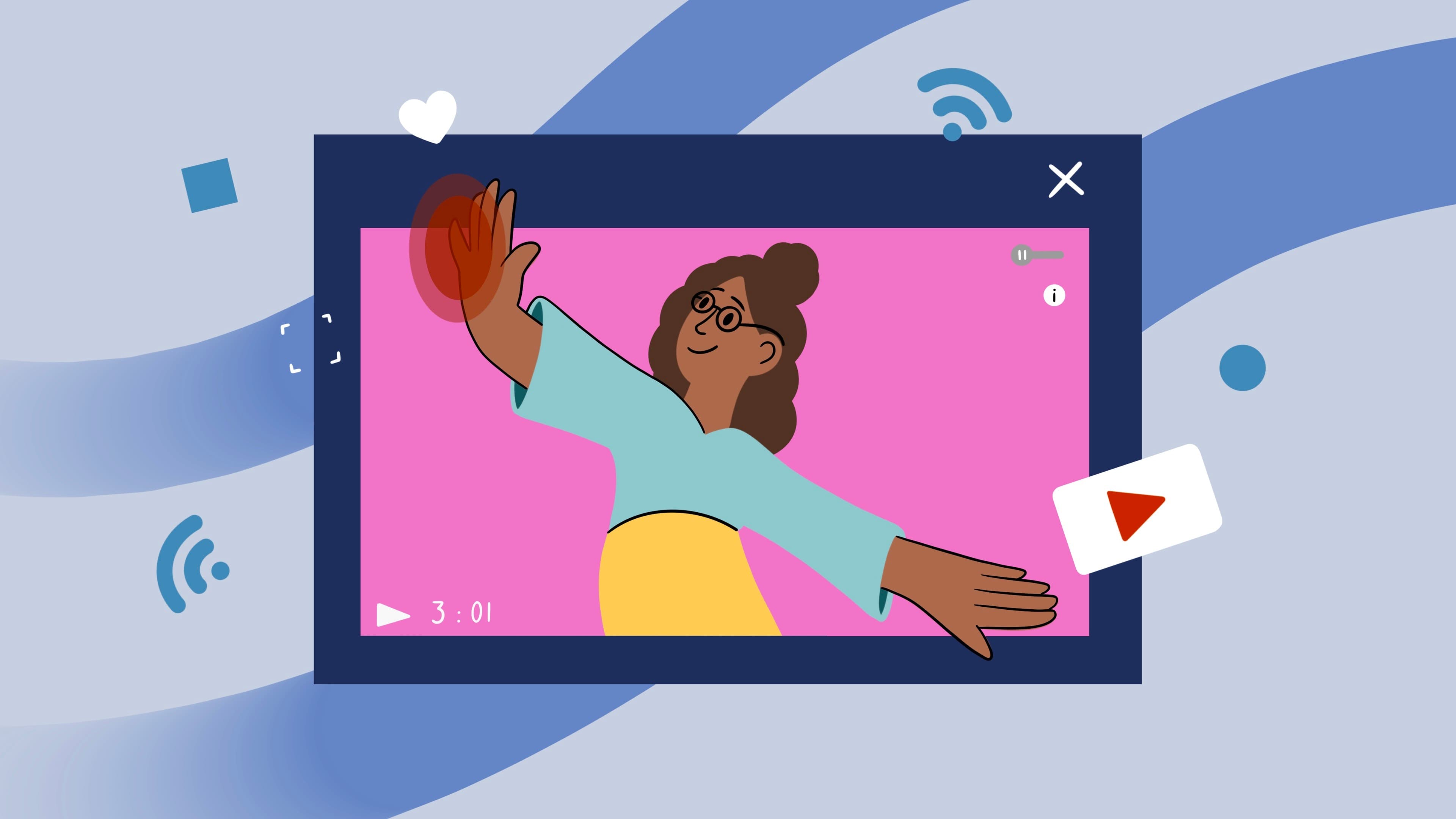To make your training engaging for your field teams, it is essential toadapt teaching methods to their daily reality, by offering dynamic formats, flexible and Accessible, thus promoting the rapid application of acquired skills.
In archery, the farther away the target is, the more difficult it is to hit it. Training courses for field teams often encounter the same challenge: they lack impact. 🎯
To be effective, these courses must enable learners to retain essential knowledge and apply it in their daily professional lives. However, today, this apprenticeship is often more complex and does not allow unleash the full potential of your field teams.
→ Captivate their attention and ensure a sustainable assimilation of knowledge are real challenges, especially in intense and remote work environments.
In this article, discover concrete methods to transform your field training into engaging experiences and really useful for your employees.
Understand what commitment is
What makes training engaging for my teams in the field? This is of course the question that makes many training managers have sleepless nights!
💡 Engagement is more than just the presence of a learner. It is his active participation and his real involvement: asking questions, sharing experiences, exchanging with others.
For promote this commitment, several key elements:
- Relevant content : Link learning to daily work. For example, training on conflict management becomes more impactful with scenarios inspired by field situations.
- Quality interactions : Encourage exchanges. Collaborative activities and discussions transform the training into an interactive dialogue.
- Emotional support: Empower your employees with encouragement and regular feedback. Their commitment also involves their recognition.
By integrating these approaches, your training courses not only become more engaging, but also more effective for your field teams.
💡 According to a study by Gallup, engaging employees in their training can increase their productivity by 17%
What are the training needs and constraints of your field teams?
Forming teams in the field presents specific challenges that are not always encountered in an open space on the 30th floor of a La Défense tower. It will be impossible for you to transpose traditional learning methods.
Field teams are often on the go or in direct contact with customers, working in varied environments where time and attention are limited resources. For training to be effective in this context, it must be perfectly adapted to the needs and constraints of these professionals.
Specific issues to be taken into account:
Varied profiles, disparate technical skills
Field teams often include employees with varied profiles, and not all are necessarily at ease with digital tools.
Technophiles coexist with collaborators less familiar with technology of online training, which creates an additional challenge in providing an engaging and accessible learning experience for all.
⚡ Beware of prejudices about the uses of technology!
A mobile application offering modules accessible on a smartphone can be welcomed with enthusiasm by employees who are used to digital tools. However, others, less comfortable with these technologies, may need additional support to navigate the application, access the content, or fully use the interactive features..
A demanding work environment
Unlike an office setting where it is easier to focus, the terrain imposes very specific conditions : constant mobility, varied workplaces (shops, warehouses, construction sites), frequent interactions with customers or teams.
→ This context means that your employees have only a short time to settle down and devote themselves fully to vocational training. Short modules, which can be consulted on demand, are then more suitable than a long training program.
Learning preferences oriented towards concrete and practical experiences
Teams in the field are primarily looking for training. immediately applicable to their daily lives. They prefer interactive formats, scenarios and concrete examples that reflect their professional challenges.
→ For example, conflict management training will be all the more useful if it offers typical field scenarios, such as managing a difficult customer in a store.
By understanding these needs, your business can build a culture of inclusive and stimulating training, where each collaborator, whether in the field or not, finds their place and can be fully committed to their development.
💡 According to an IBM study, businesses lose an average of $13,5,000 per year for each untrained employee.
How do you design adapted and relevant content?
Make them want to learn! For your field teams, every minute counts. So how do you offer them training that is really useful and engaging?
It starts with a key question: What should they remember and be able to apply immediately?
To capture their attention and encourage engagement, content should be:
- Clairs : get to the point, avoid long theories.
- Practices : provide tools that can be applied on a daily basis.
- Concrets : illustrate with examples drawn from their professional reality.
Focus on real situations for immediate application
Abstract concepts or concepts far removed from their daily lives? Unlikely to get attention. Instead, opt for concrete scenarios that they encounter in their work: training based on examples from the field makes all the difference.
- Sale : offer simulated interviews with demanding customers.
- Maintenance : Integrate step-by-step video tutorials to solve common failures.
💡 Training for delivery teams could include a gamified scenario where the employee must manage a day of deliveries, solve routing problems or damaged packages, while applying good customer service practices.
Give priority to short and powerful sessions
Long training sessions are not always compatible with the busy schedules of field teams. To maximize learning without taking up too much time, short and targeted e-learning modules are ideal.
→ Short training capsules of 5 to 10 minutes allow you to:
- Maintain their attention.
- Offer the flexibility to learn between two missions.
- Addressing a specific point without cognitive overload.
Tip: Divide a complete program into capsules. For example, safety training could include a module dedicated to each key step: inspection, procedure in case of problems, and reminder of instructions.
Get to the point with concrete and repeatable examples
Field teams must be able to take ownership of the content quickly and put it into practice without difficulty. Your field teams particularly benefit from content that focuses on the essentials and that they can apply directly.
Instead of providing them with theoretical lists, offer practical exercises and demonstrations that are directly related to their daily lives.
Opt for:
- Simple checklists : a clear and visual guide for technicians.
- Interactive simulations : a sales scenario that reproduces their real interactions.
- Practical exercises : scenarios adapted to their challenges.
Practical example: Instead of providing a theoretical argument, offer a video illustrating a successful exchange with a customer, followed by a guided practice.
💡 By designing training courses that go straight to the point, based on reality and the specific needs of your company, you give your teams the keys to progress effectively and remain committed to their learning.
Choose teaching formats and methods adapted to the problems in the field
How to make training impactful and adapted to the needs of your field teams? Teaching methods must adapt to their reality: busy days, varied workplaces, and a need to quickly apply what is learned. Opting for dynamic, flexible, and accessible formats guarantees relevant and engaging learning.
Prioritize learning by doing for rapid assimilation
Theoretical concepts alone are not enough, especially for technical or operational jobs. The training should include scenarios that reflect their daily lives.
- Maintenance : organize practical workshops on the use of equipment, where each step is guided and corrected in real time.
- Logistics : suggest an exercise where they must optimize a delivery route by taking into account constraints such as traffic jams or customer time slots.
Concrete example: A maintenance technician could follow a session on setting up a specific machine, with supervised exercises directly on the equipment, allowing good reflexes to be integrated.
Focus on role-playing games and immersive simulations
Interactive training immerses employees in realistic scenarios where they can test and improve their skills.
- Sale : organize negotiation simulations with common objections, asking for immediate feedback and suggestions for improvement.
- Customer service : test their responsiveness with role-playing games where they have to manage unhappy customers, by practicing appropriate responses and professional attitudes.
Concrete example: For a store team, suggest a scenario where a customer requires a difficult refund. By playing both roles (salesperson and customer), employees explore different strategies and refine their approach.
Adopting microlearning and mobile formats for maximum flexibility
Field employees do not always have the luxury of devoting long periods of time to training. Short formats, such as microlearning capsules or explanatory videos accessible on smartphones, fit perfectly into their constraints.
- Short videos : a 3-minute tutorial to recall the key steps of a procedure before an intervention.
- Interactive quizzes : mini-evaluations on a mobile application to reinforce knowledge, between two appointments.
Concrete example: A delivery driver can quickly review the rules for securing goods thanks to a video accessible with one click on his phone.
Encourage social and collaborative learning
How can you make your courses more inspiring and rooted in the reality of the field? Social learning offers a unique dimension by strengthening relationships between collaborators while promoting the sharing of concrete experiences. By encouraging exchange and collaboration, you boost training courses and promote learning enriched by the know-how of each individual.
Encourage the sharing of experiences for solutions rooted in everyday life
Peer exchanges bring unparalleled wealth by making it possible to share tips and feedback from the field. These interactions make the courses more practical and engaging.
- Maintenance : one technician shares a quick method for diagnosing a common failure, while another explains a technique to minimize errors during an intervention.
- Sale : an experienced employee can present a tip for concluding a sale in the face of a hesitant customer.
Concrete example: During a workshop, delivery drivers are encouraged to share their personal strategies for optimizing routes, such as using shortcuts or managing difficult customer schedules. These exchanges make it possible to discover pragmatic and directly applicable approaches.
Set up a personalized mentoring or coaching system
Mentoring structures exchanges by valuing the experience of the most experienced employees.
- Transmission of know-how : a mentor accompanies new recruits by showing them how to manage complex situations or apply specific procedures.
- Capacity building : live coaching makes it possible to correct mistakes immediately and establish effective habits.
Concrete example: In a sales team, a salesperson Senior accompanies a new recruit in the field, playing the role of coach during interactions with difficult customers. This immersion allows the recruit to learn by observing and practicing under supervision.
Integrate digital tools to enrich exchanges
Tools such as online chats, video conferences, or co-creation spaces make it possible to maintain collaborative learning even at a distance.
- Interactive video conferences : online sessions allow field issues to be discussed directly, with solutions provided in groups.
- Co-creation spaces : teams can jointly develop practical documents, such as an intervention checklist, by combining their expertise.
Concrete example: During a virtual session, teams spread over different sites co-design an optimized procedure for processing customer returns. Each participant brings their field observations, resulting in a clear and functional guide.
💡 A study conducted by McKinsey showed that companies that promote collaborative learning see a 💡 25% increase in productivity within their teams. Encouraging the sharing of experiences between colleagues can therefore have a positive impact on overall performance.
Creating learning communities through a collaborative LMS
A collaborative LMS (Learning Management System) is a valuable tool for structure and boost exchanges between employees. By centralizing knowledge and promoting the sharing of experiences, it transforms each training course into a living space for collective learning.
- Shared resources : on the platform, employees can easily create and share practical content such as methodological sheets, video tutorials, or checklists specific to their missions. This makes it possible to enrich the training courses with contributions coming directly from the field.
- Dynamic exchanges : thematic forums or groups allow teams to ask questions, discuss concrete situations and propose immediate solutions. For example, a team can open a discussion thread about a technical problem encountered, and other colleagues who have already faced the same difficulty can offer tested and approved solutions.
- Ongoing updates : the LMS also makes it easier to update knowledge. An employee who has undergone recent training or discovered a new method can quickly share this information with all teams via publications or additional modules.
→ Take the example of a logistics company: a warehouse manager discovers a faster way to organize deliveries and decides to document it in the form of a video detailing the process step-by-step. He uploads this resource to the LMS, where colleagues can view it, comment, and even suggest improvements.
At the same time, a forum is created to discuss possible adaptations according to the specificities of each warehouse, thus creating a real exchange of best practices.
- Building a collective knowledge base: over time, all the contributions form a knowledge library accessible to all. New employees can draw on useful information as soon as they arrive, thus accelerating their skills development.
→ In an industrial maintenance company, a technician who has been working for a long time uploads a series of illustrated fact sheets to the LMS to diagnose the most frequent failures.
These documents are enriched by the feedback of his colleagues, who add tips or specify steps according to specific cases. Result: an evolving database, updated and adapted to the realities of the field, to which each employee can access in a few clicks.
💡 Did you know that the Beedeez LMS has a simple and intuitive creation tool, enriched by AI, making it easy to design each training module? It also offers the possibility of co-creating these modules by integrating the knowledge shared by your teams, directly from their field experience.




